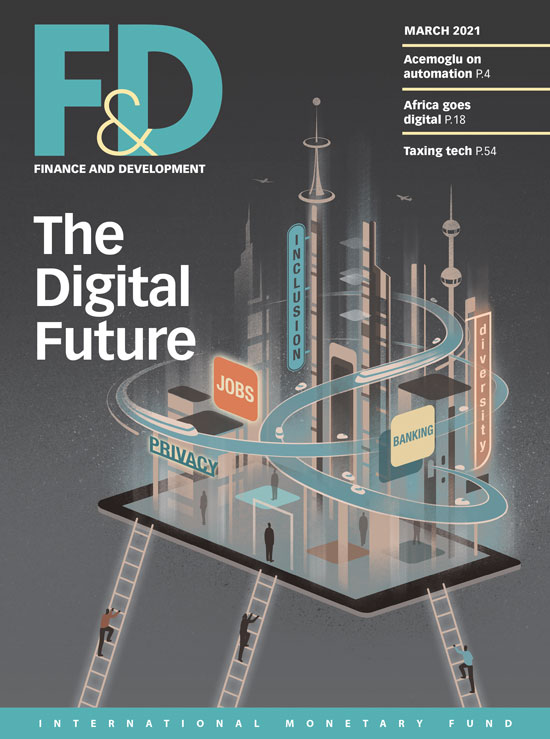The Data Detective: Ten Easy Rules to Make Sense of Statistics

Tim Harford
Riverhead Books, New York, 2021, 336 pp., $21.49
In our everyday lives we are constantly confronted with a myriad of data—from health news to political opinion polls—presented to us as hard facts based on statistics. In such circumstances, the natural tendency is to deduce that if it is based on statistics, it must be true. But how many times have we encountered divergent statistics on the same issue? How does one know if the facts presented are true?
This is where Tim Harford, in his latest book, The Data Detective , makes an important contribution by presenting, in an intuitive way, basic rules that can help evaluate if the facts labeled as true statistics make sense. The book is nicely designed for a broad audience, presenting a series of captivating and amusing stories that illustrate how statistics can mislead as well as examples of serious statistical studies that have changed our knowledge and behavior—for instance, the effects of smoking on health. While avoiding the specialized jargon and technical aspects of the statistical profession, the author argues convincingly, based on his experience and research, that statistics should be seen as a tool that can help us understand the world in which we live, a bit like the telescope is to astronomy, to borrow his analogy.
Building on well-researched examples across domains and time, Harford reminds us of key steps to take when analyzing a series of statistics, including maintaining some distance so as not to be influenced by our biases and personal experiences, which may not be representative; pausing and reflecting before coming to a conclusion; and, as a detective would, asking simple questions (What are we trying to measure? What is the sample or universe used?) to get a sense of context and perspective. His examples of the different measures of income and wealth, poverty, health, and murder rates—as well as prediction of election results—are telling, and we can be seriously misled if we don’t scrutinize carefully the data we regularly encounter.
The book also delves into new areas such as big data and computer algorithms, presenting some of the benefits of these new sources of large administrative data sets but reminding us also of their limitations and potential biases. Harford’s book illustrates with convincing examples the importance of data transparency, vigorous analysis, and the protection of the independence of statistical agencies, which he rightly calls “nations’ statistical bedrock.”
The Data Detective comes at the right time: we face an onslaught of statistics on critical issues such as the consequences of climate change, the COVID-19 pandemic, the economic downturn, and Brexit, just for starters. This well-documented book is a must for anyone who is curious about how to make sense of all the information about this complex world in which we live.
Opinions expressed in articles and other materials are those of the authors; they do not necessarily represent the views of the IMF and its Executive Board, or IMF policy.









